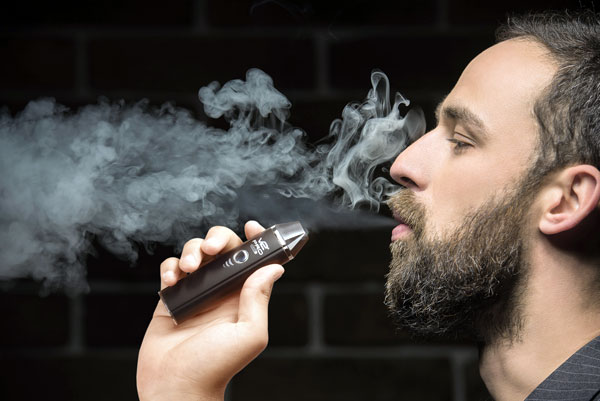Claim questioned

An article published on Jan. 8 in the American Journal of Public Health (AJPH) dismisses the claim that e-cigarettes are 95 percent safer than combustible cigarettes as a “factoid”—unreliable information repeated so often that it becomes accepted as fact.
The 95 percent claim stems from a 2013 study rating the relative harm of 12 nicotine products using 14 criteria. The authors of the 2013 study concluded that electronic cigarettes were substantially less harmful than combustible cigarettes. Their claim was characterized in the popular media as e-cigarettes being “95 percent less risky” than tobacco cigarettes.
Although the researchers of the original study acknowledged the shortcomings of their work—i.e., a lack of hard evidence for the harms of most products on most criteria—Public Health England and the Royal College of Physicians endorsed the claim, lending it credibility.
The authors of the AJPH article point out that today’s vapor products are very different from those available in 2013. The devices are now more powerful, create more aerosol and expose users to more toxicants.
The proliferation of e-liquids with nicotine salts, meanwhile, allow users to inhale significantly higher levels of nicotine. In addition, more research has emerged about the toxicants in e-cigarettes and their potential respiratory and cardiovascular effects, according to the AJPH article.
“Even if the 2013 estimate was valid then it can no longer apply today,” the authors of the AJPH article wrote.
“Public health practitioners, scientists and physicians should expose the fragile status of the 95 percent less risky claim by highlighting its unreliable provenance and lack of validity today,” they added.